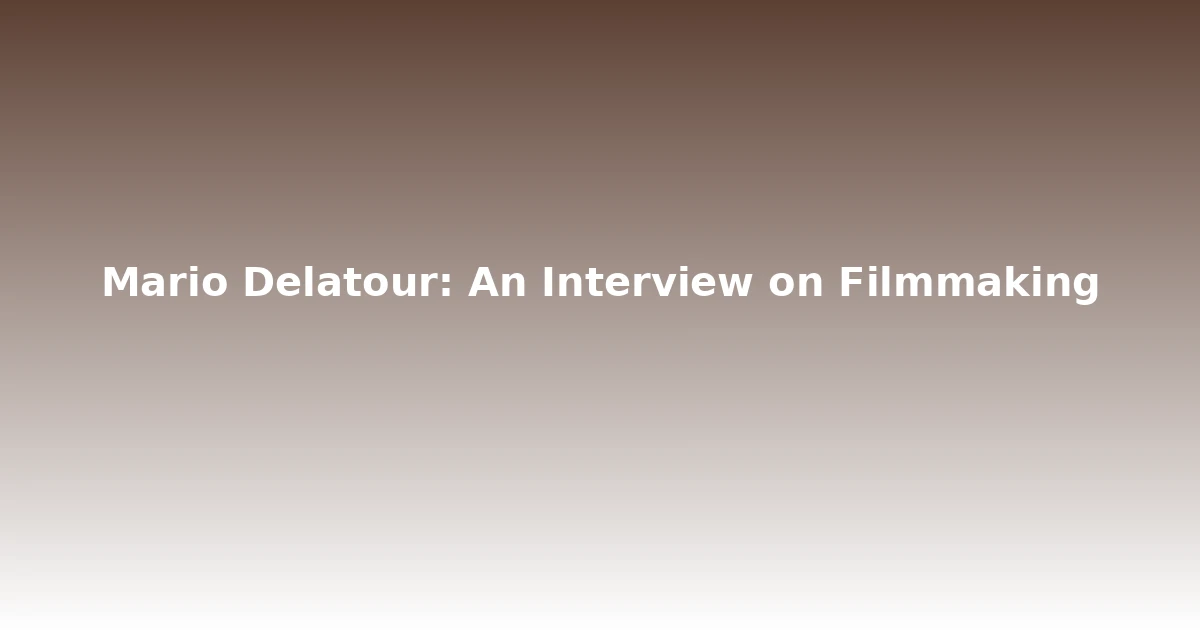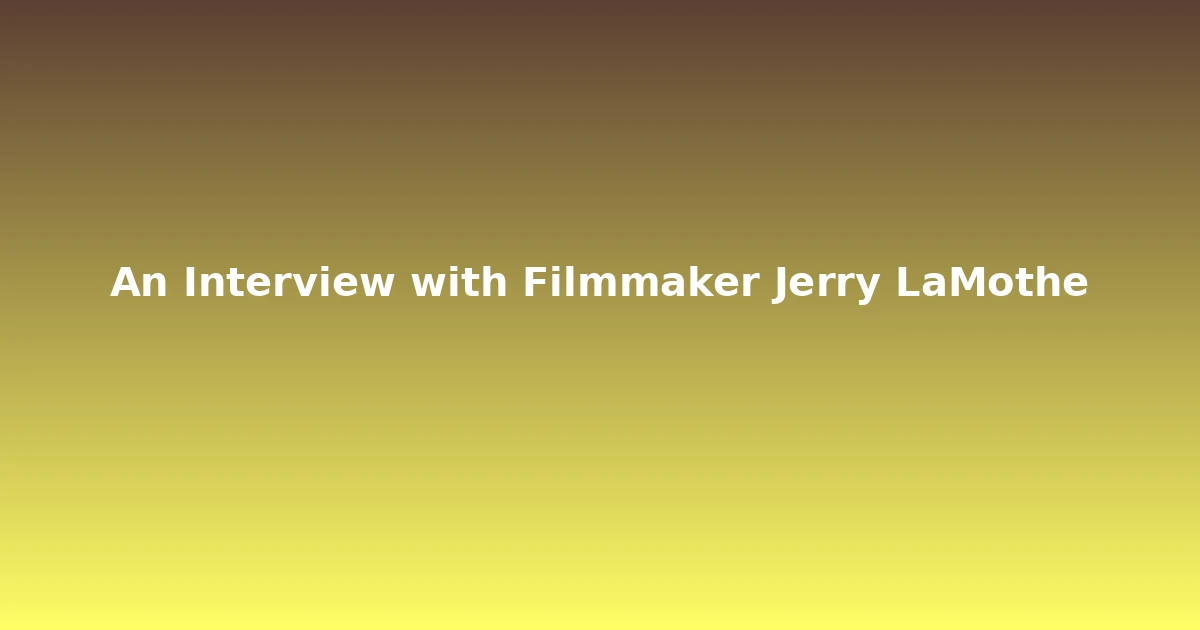It took the death of his father to open the eyes of Richard Petit, and lead him to discover his true calling: designing clothes. But he had been a designer, for, like, forever. But once his father passed away, he came to a huge realization: another day is not promised in this world, so why not do what one is born to do? In his case, it was clearly designing.
A graduate of Keiser University’s fashion and merchandising program, Petit initially discovered his love for fashion as an eleven-year-old in elementary school. By high school, he had concocted his first creation in sewing class: a pair of boxer shorts.
Petit was enrolled at Keiser University, when his biggest inspiration in life, his dad, died. “I was close to my father. We did everything together and had long talks and everything,” Petit recalls of his passing in the early 2000s. But from that devastating moment, came a moment of reckoning. Design was going to be his business from now own and a very serious affair.
Petit’s designs have been featured in international publications like D’arche and Africa’s Tribal Moxie.
Petit, who was born in Haiti and came to the United States as a toddler, operates his firm out of his atelier in Miami. He’s not only a fashion designer, but also a stylist, having most recently livened up the image of the konpa singer Kleo for a music video shoot.
His participation at Style Week Miami was one of the highlights of that show. His designs are explosive, stylish, and reek of simplicity at the same time. Just like the man himself.
Q & A
You’ve dressed models for runways and singers for photo shoots. How did you get your fashion sense?
To be honest I call it a gift from the man above. Sometime I sit there and think to myself where does it come from when I have an idea that pops to my head.
As far as we can tell, the whole designing bug was innate in you. Do you feel that it is necessary for designers to attend fashion schools, do internships and stuff like that?
Yes it is. I feel like when your born with a gift yes things may come as easy to the person but we all here need the guidance of someone else who has been doing the same thing that you are into to help us enhance our craft.
Designer’s like Versace, Elie Saab and Karl Lagerfeld wasn’t born with the knowledge of sewing, pattern making, and knowing how to manipulate are dart. They had to be taught by someone, so I really think it’s necessary to go to school and work right along with a designer who is already in the game. That way you get see what you’re about to get yourself into.
Would you mind discussing your Papillon Collection?
Well, the Papillon woman is bold, exotic, and independent. She feels confident, sexy, and sassy with an attitude. She is always on the go and is always the center of attention.
Hmm..Spoiled, Conceited? She doesn’t think so. She is a rebel with her own unique style. And that’s what I keep in mind as I design for her.
As someone who grew up as the child of an immigrant, did you feel any pressure from your folks about your career choice?
Of course. [Laughter] Anyone who has Haitian parents knows that they do not believe in any other career except the medical and justice fields. I can remember when my mom was the one who was not for it and it took my aunt to be the one to convince—or should I say open her eyes to the world of fashion.
And ever since she has been supporting me.
[Right: one of Richard Petit’s creations]
What materials do you mostly work with?
I’ve worked with a lot of different materials, but my favorite materials to work with is Lycra—which I use when I’m making anything that required stretch. For example, the nice fitted dress that most girls wear to the clubs—which I like to call the freakum dress—is made out of this material. Peau de Soie also known as classic satin is usually good for those elegant gowns for bridal or red carpet event. And also the common fabrics like chiffon, sequence, satin, and vinyl fabric.
Without a doubt, the Richard Petit of the present is much, much different from the person he was when he was just diving into the fashion world. Based on this, what counsel would you give to other up-and-coming designers?
Wow…um—well first and foremost be you—meaning be true to yourself and your designs aspect. You will find people that try to change the way you designs and what you design.
Fashion is already something that repeats itself so being true to yourself helps you to take a spin on something that was already done and make it yours. Also don’t let anyone ever tell you can’t or it won’t work. If you strongly believe you can execute it, then go for it and hey if it doesn’t work out then continue to push until you make something greater than your first idea.
And lastly, be open for criticism because it can only make you better. But then again, follow what you think is right—when it comes to designing.
For every person who’s running their own business, there’s sometimes this challenge in balancing the traditional demands of life and career. How do you handle it?
Well, that’s something I’m still learning. At times, it can get stressful and that’s when I would literally back off the fashion or if I’m working for a client, I usually tell them give me up to two to three weeks if they need something made; that way it gives me enough time to finish their garment.
And like any other job, you take a vacation—same with me and fashion. My longest break once was six months of minor sewing and sketching. Within that period, you play catch up with friends and the outside social life, not saying you don’t have one, but it’s not everything you get to do when you’re working on a line and the business aspect of it. But the best part of that is when you get back to it, you always come out with a bang and people are shocked from not seeing you for a good minute.
The day in the life of a designer buzzes with activity. Give us a tour of a typical day in the life of Richard Petit.
This is a typical day: getting ready for a new line and there is a special ingredient into creating. Shhhh…Don’t tell anyone my secret; it’s just between me and you Kat—but it’s music.
Music usually sets the tone of what’s next for me to design. And I listen to everything from oldies to what’s hot now and even my Haitian music and zouk and it just has the creative juice going. Next step is sketching, fabric shopping, pattern-making and my favorite—sitting down and sewing what you just did all those steps for.
What would you say has been the biggest obstacle in your journey as a designer?
I have no answer for this one. Obstacles come and go; it’s what you do to overcome them.
What’s in the works for your next collection?
To be honest, I’m not so sure. But whatever it is, it’s going to be big because I would like to celebrate me coming up and also I have a couple things in store for this year, so you guys watch out for me.
Is the fashion industry pretty much a dog eats dog world? Or is that just a myth?
Oh, it’s no myth; everything you hear about it is real and it only gets crazy as you advance on your journey to the top.
The right clothes can transform the “every day” woman to a fashion bomb. Women sometimes get makeovers and all, but they rarely maintain the change. What advice do you have for a woman who wants a change in the fashion area?
First, take it step by step.
Don’t be afraid to try new silhouettes or colors and if you should feel forced then stop and go back to it when you are ready. Remember, clothes are not all that you are it just enhances your beauty.
Is there a moment in your career so far that you rate highest among all others?
Um, well to be honest I’ve had great moments in my fashion career so far, but I don’t think I have been rated highest among all my peers. But like I stated, I’ve had some great, great moments. [Laughter]
Do you have fashion crushes…other designers you find especially inspiring?
OMG. [Blushes] I have really admired Elie Saab. He is hot in fashion. He is the epitome of elegance and taste when it comes down to fashion. I also love Versace—the old Versace—and there will always be a place in my heart for his work.
What place does Haiti and Haitian culture play in your designs and in your career?
That is a hard question to answer because I’m not influenced by Haiti or by the culture. I might say maybe it’s from the colors I choose, but then I’m not afraid of color.
I just tend to do what I feel like doing.
Life comes with lessons. What’s the biggest lesson you’ve learned?
I think that this quote from Forever 21 can best answer this question: “To live a creative life, we must lose our fear of being wrong.” And also what I live by my motto: “Do you”.
Photo Credit: Gold Piece photo M. Borrero
Last Updated on December 2, 2025 by kreyolicious



